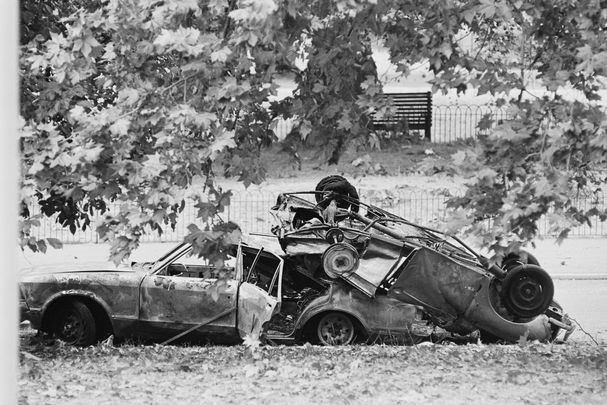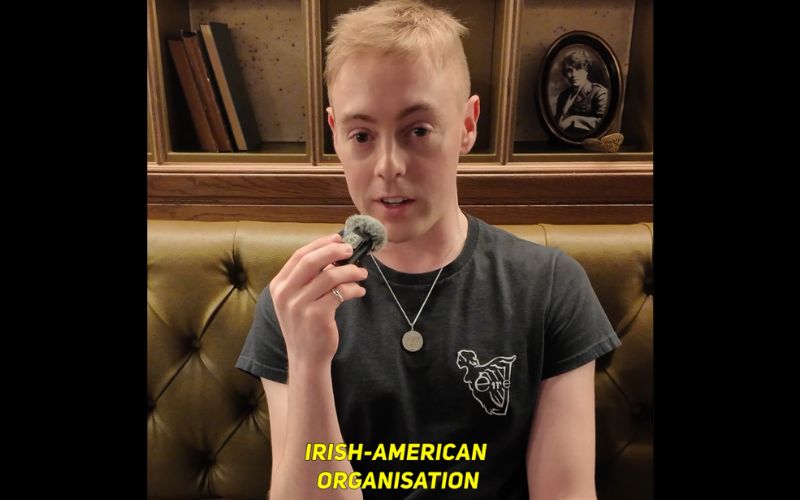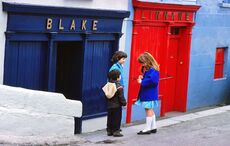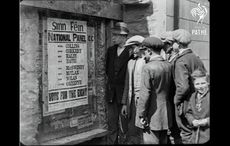On July 20, 1982, members of the Provisional IRA detonated two bombs in London, killing 11 people and seven horses.
At 10:43 am, a nail bomb exploded in the boot of a car parked on South Carriage Drive in Hyde Park as soldiers of the Household Cavalry, Queen Elizabeth II's official bodyguard regiment, were passing during the Changing of the Guard.
Three soldiers of the Blues and Royals were killed immediately, and another died from his wounds three days later. Several other soldiers and a number of civilians were injured.
Additionally, seven of the regiment's horses were also killed or had to be euthanized because of their injuries.
Just over two hours later, at 12:55 pm, a bomb exploded underneath a bandstand in Regent's Park, also in London, where 30 military bandsmen of the Royal Green Jackets were performing to a crowd of 120 people.
Six of the bandsmen were killed at the scene and another died of his injuries on August 1. The rest of the band members, as well as eight civilians, were also injured.
At least 51 people were injured between the two bombings.
Claiming responsibility for the attacks, an IRA statement released in Dublin and Belfast said: "Now it is our turn to properly invoke Article 51 of the United Nations statute and properly quote all Thatcher's fine phrases on the right to self-determination of a people.
"The Irish people have sovereign and national rights which no task or occupational force can put down."
Prime Minister Margaret Thatcher said in the Hosue of Commons: "These callous and cowardly crimes have been committed by evil, brutal men who know nothing of democracy.
"We shall not rest until they are brought to justice."
In Ireland, the attacks were condemned by Taoiseach Charles Haughey who said: ''Those responsible for these inhuman crimes do irreparable damage to the good name of Ireland and the cause of Irish unity."
Reporting on the bombings the following day, the New York Times noted: "It was the most costly I.R.A. violence since the killing of Lord Mountbatten, 3 passengers on his boat and 18 soldiers in August 1979."
Queen Elizabeth II later said that the IRA bombing in Hyde Park was “the most ghastly” of her life.
Brigadier Andrew Parker-Bowles, the former guardsman and ex-husband of the Duchess of Cornwall, was leading the Queen’s Calvary that day and described the mount in Rober Hardman’s book, "Queen of the World."
He told Hardman: “One of the barriers opened and someone said, ‘They've blown up the Guard.’ So we ran down to where the smoke was rising.
“The first horse I saw was Sefton. He had a bloody great hole in him but he managed to pull through.”
Afterward, Parker Bowles had the opportunity to speak to the Queen.
“She said to me it was ‘The most ghastly day of my life.’”
The explosion killed Roy Bright, Dennis Daly, Simon Tipper, and Jeffrey Young. Other members of the Royal Household Cavalry were also injured.
The prime suspect in the bombing, John Downey, avoided prosecution due to an error made by British police, who sent a “letter of assurance” to Downey in 2007 stating he was not wanted for the attack despite there being an outstanding warrant against him.
*Originally published in July 2019. Updated in July 2025.




Comments